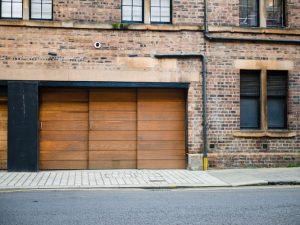Of the 17 record-breaking months of rainfall logged by the Met office since 1910, nine of them have occurred since 2000.
The risk of flooding in the UK is rising, but would you know what to do if your home flooded?
As well as having the right insurance to cover the damage, it’s important to know what action you need to take if you’re affected by flooding.
First Things First
If your property has been flooded, notify your insurance provider to see if they can provide temporary accommodation or emergency funds, and find out what you need to do in order to make a claim.
If alternative accommodation is not provided in your cover, arrange to stay with family or friends in the short term, and look into renting a property nearby. You can also apply to your local authority for housing: you may qualify for priority housing.
Make sure your friends and family know you are safe, and let your employer know what has happened. Don’t return to your property until you have been informed that it’s safe to do so.
On Returning Home
When it’s safe to return to your property, make a record of the damage. This will make it easier to make an insurance claim. Take pictures of damaged items before moving them, and take an inventory, including the make, model and colour of the damaged items.
Don’t throw anything away until you have checked with your insurance provider, as a loss adjuster may need to check the items.
Take pictures of any damage sustained by the building itself, such as water marks, cracks or debris, and if you can find receipts for damaged items, make a copy of these.
Once you have collected evidence, contact your insurance provider to arrange for a visit from a loss adjuster, and check what else you need to do to make a claim.
Although you should not dispose of damaged items yet, you can now begin to clear them away and begin to organise drying out, repair and replacement procedures.
Remember to check with your mortgage provider or landlord if you are unsure what parts of the property you can repair without consent.
Drying Out And Repairing The Damage
If there is still flood water in the property, you first need to have this pumped out. Construction Industry Research and Information Association (CIRA) advise that under 1m of flood water should be moved in a single day to protect the structural integrity of the property.
Unblock ventilation bricks in the walls and floor to allow excess water to escape into drains before beginning the drying out process. Hire a dehumidifier to dry out the property as much as possible, but be aware that this can take months. If you’re in any doubt, seek advice from a chartered surveyor.
It may also be wise to arrange for a surface sample mould investigation: water damage related mould growth may have started to colonise, and it’s important to have this removed as soon as possible to prevent the problem worsening.
Once your property is dry, you can begin replacing damaged items, but remember not to dispose of items that are included on your claim. Remove damaged plasterboard, debris and damaged floor coverings and carpets, but check with your insurance provider before replacing anything.
Experiencing flooding in the home can be a devastating experience, and it can seem daunting if you don’t know what to do to begin rebuilding your life. Make sure you arrange temporary accommodation and contact your insurance provider as soon as possible, and then take it step by step: it’s hard to imagine, but you will be able to rebuild your home.



